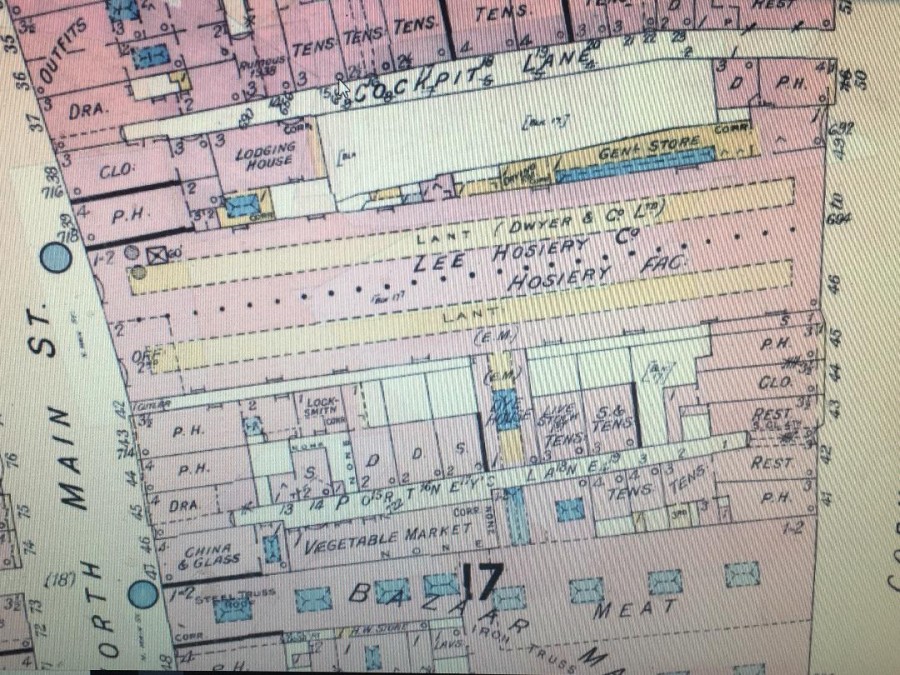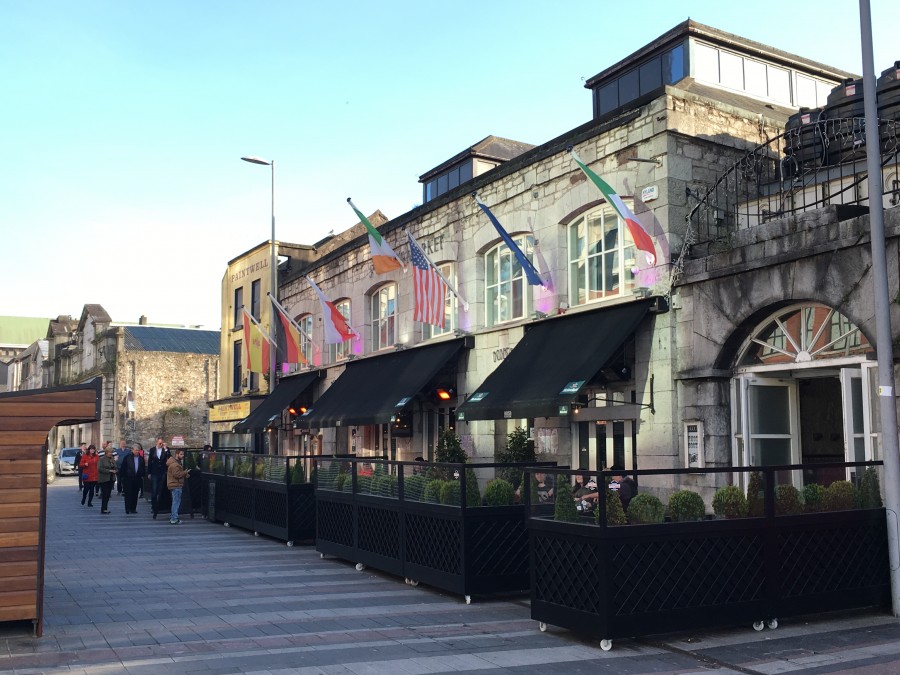Kieran’s Our City, Our Town Article,
Cork Independent, 3 January 2019
Tales from 1919: The Future of a Shell Factory
Welcome to Our City, Our Town for its 20th year. The official anniversary is in October of this new year. I wish to continue exploring life in Cork during the period 1916-1921. The back issues of this column, which explored the period from 1916 to 1918 are on the index of my website, www.corkheritage.ie and the articles from this column from the last ten years are now online and accessible to read. Before that many are published in book format and the titles of these books can be viewed on the website. In addition, I post extra articles and pictures on my heritage facebook page, Cork Our City, Our Town or check out my twitter page at @cllrkmac.
The first week of January 1919 coincided with the ongoing controversy of the ceasing of the Cork National Shell Factory and finding a future use for it. The work of closing down the Irish munition factories begun shortly after the cessation of the First World War in late November 1918. The 1 January 1919 coincided with the public call by the Ministry of Munitions, London that the plant machinery of the respective Irish and British munitions factories would be advertised for public sale and buildings leased by local owners such as Corporations to new leasees. The Government authorities wished not to have role in picking the new owners but would pass on interested business interests to the relevant owners.
Staff at Dublin, Cork, Waterford and Galway were to be dispensed with. The staff of the Dublin factory, which at one time numbered over 1,500 were all been paid off, except for a small number required to catalogue the considerable machinery and stock. The value of the machinery in Parkgate factory exceeded £100,000. Most of it was not suitable for private work – it being impracticable to attempt to adopt shell making machines to other general uses. The machinery was to be sold as scrap.
Another effect of the closing down of the Parkgate Street Factory was the freeing for industrial use of a large quantity of gas and electric power. When the factory was in full swing the gas consumed was at the rate of over 6,000,000 cubic feet per annum, while electricity was being used at the rate of 250,000 units a quarter. As big extensions were in progress when hostilities ceased, the amount of gas and electric current required would have been considerably more. The freeing of this amount of power was to greatly benefit, industrial firms in Dublin, who because of the coal shortage had their supplies considerably reduced.
There were about 150 employees in the Cork Shell Factory, which opened in June 1916. By December 1916, the scale of the wages paid to the girl workers was 10s 6d per week of 45 hours as probationers. At the conclusion of the probationary period, they were to take their places in one of the three eight-hour shifts, when their wages according to the shift in which they were engaged, namely – those on the shift from 6am to 2pm received 2s 6d per day, 2s 9d per day if on 2pm to 10pm shift; and 3s 3d per day if on the shift from 10pm to 6am. At its maximum capacity there were 42 machines, chiefly lathes used for the manufacture of 4.5-inch shells. Elsewhere, there were over 100 hands employed in the shell factory at Galway and 600 workers found remunerative employment in the Waterford Cartridge Case Factory.
Schemes were developed for the utilisation of the four factories for commercial purposes, but no definite pronouncement was expected immediately in regard to their future. An offer was made for the Cork factory by a Dublin trader and it was favourably considered by the Ministry of Munitions. However, it did not meet with local approval and the offer fell through. At the Tolls and Markets Committee of Cork Corporation on 1 January 1919, reference was made of the Hammond Lane Foundry Company Ltd, Dublin looking for a lease of the premises known as the Cork National Shell Factory, 40-41 North Main Street, which extended to Corn Market Street. The matter fell through owing to a remark made at a Council meeting and broad opinion that the building should be leased to a local firm. The proposal was to employ approximately a hundred men.
By late June 1919 the lease of the factory in its entirety was taken over from the Corporation of Cork in association with the Ministry of Munitions by Mr Richard Woodhead, who acted on behalf of the Ford Company. The purchase comprised the entirety of the valuable electrical plant, machinery, compressor, and accumulators. It was the specific intention of Mr Woodhead to make the factory a depot for repair work for the South of Ireland for Fordson farm tractors and Ford cars. To that end considerable money was expended in the installation of the most up-to-date plant, and the entire building was altered and renovated. The plant aimed to employ 100 people and trade under the name “City Garage”. The firm was to have its own petrol pump inside and outside the premises and have a modern hydraulic tyre press. The business survived 1921 and during the 1920 saw two lessees, first the Universal Motor Company, circa 1924 to 1929 and then the Lee Motor Company, c.1930s onwards.
Happy New Year to all readers of the column.
Captions:
978a. Section of Goad’s insurance plan of North Main Street and Cornmarket Street, 1938 showing Dwyer’s’ Lee Hosiery Company, former site of Cork National Shell Factory (source: Cork City Library).
978b. Former site of Cork National Shell Factory, now the Bodega on Cornmarket Street; the factory site stretched to North Main Street (picture: Kieran McCarthy)

